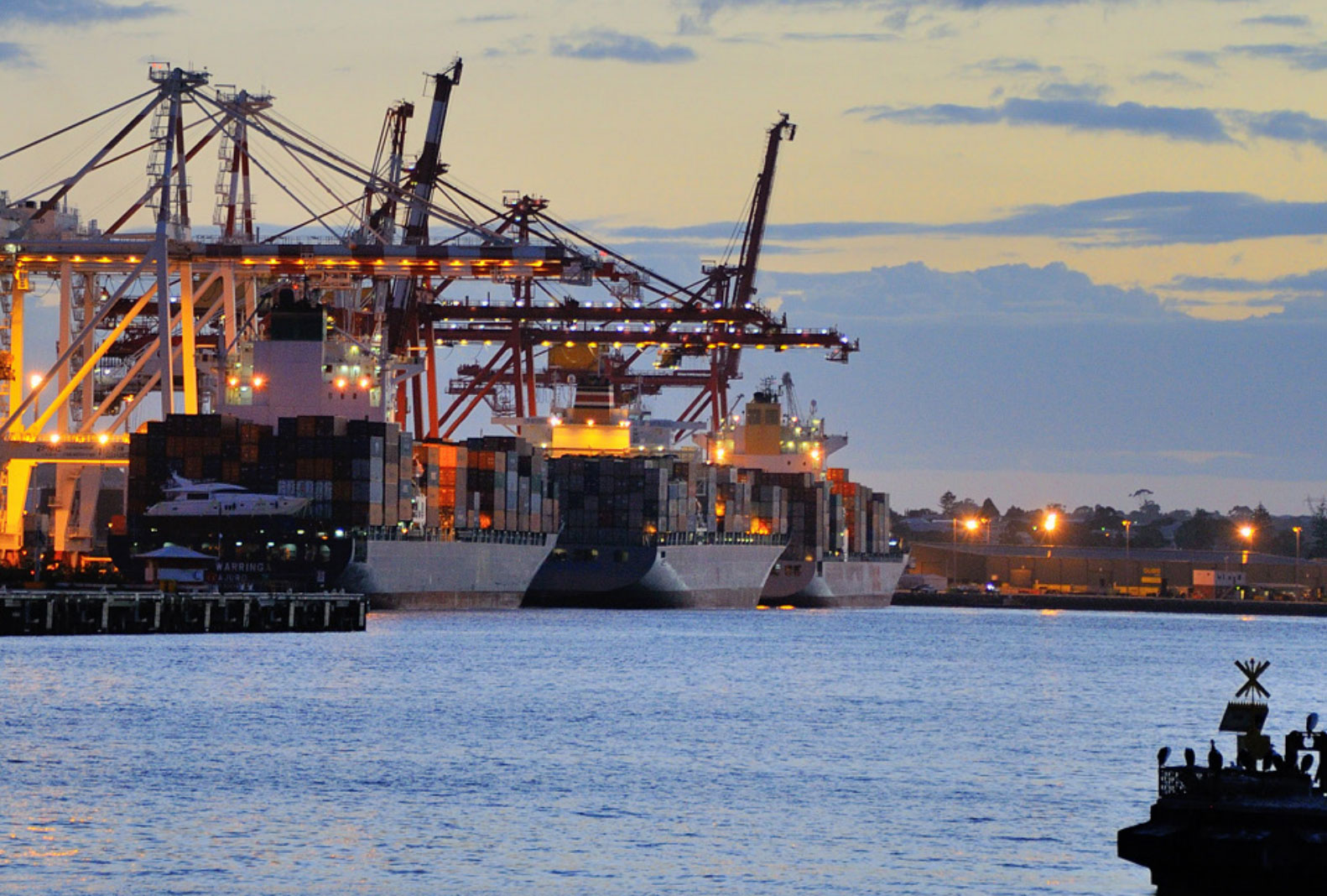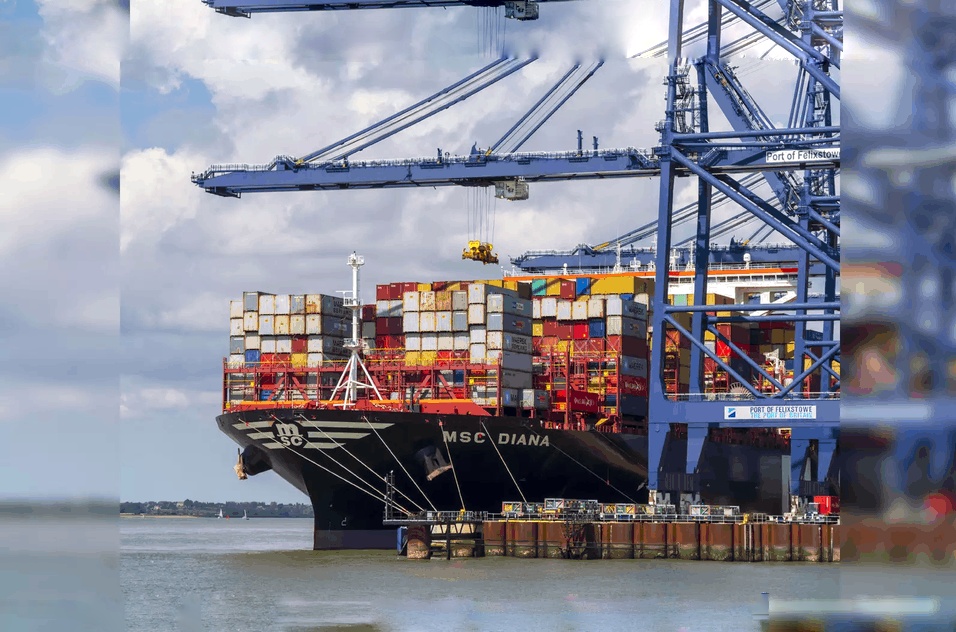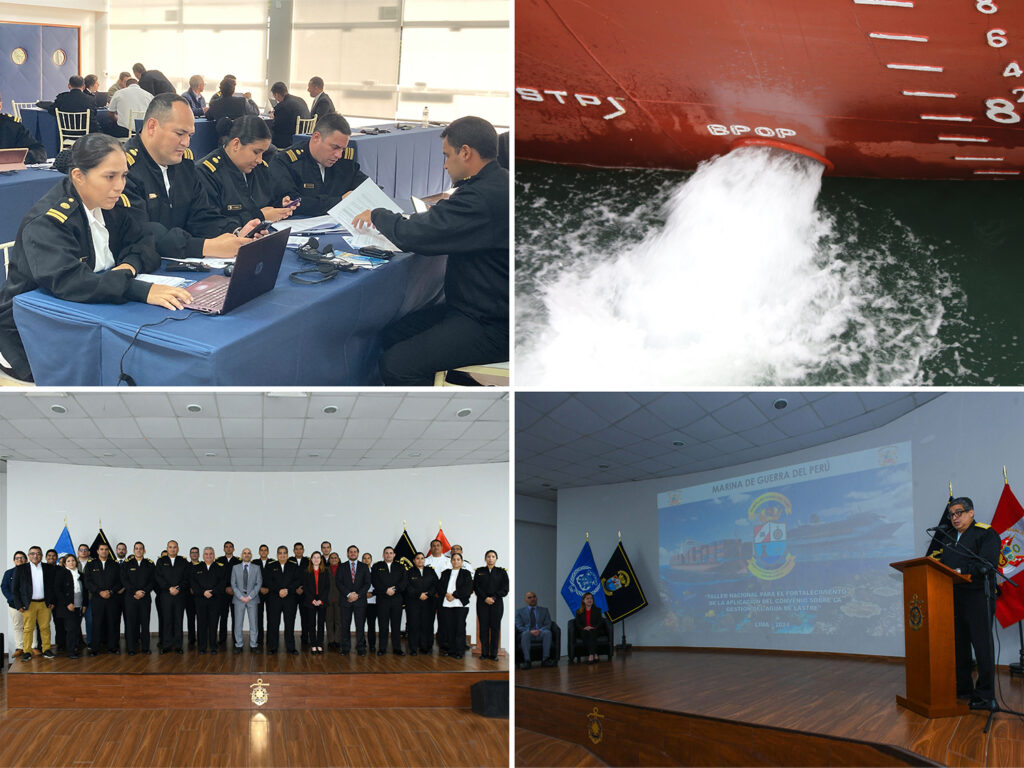Today’s orderbook stands at 7.4 million TEUs (79% liner owned, 69% in China)
Clarksons expands Deep Sea Tanker Projects offering with new desk in Rio de Janeiro
The world container ship fleet reached 30 million TEUs in September, according to a report by shipbroking firm Clarksons.
Clarkson Research director Trevor Crowe noted that the boxship fleet has grown faster in recent years, compared to the early years of container shipping in the 1950s.
Seemed fanciful
It was not until 1985 that the container ship fleet hit 1 million TEUs, and it took another 22 years for it to hit 10 million TEUs in 2007, and then a further nine years to reach 20 million TEUs in 2016. The latest milestone was reached after eight years.

Crowe wrote: “At the advent of modern container shipping in the 1950s, fleet capacity of millions of TEU might have seemed fanciful.
Three decades later
However, three decades later, with containerized trade well-established, fully cellular container ship fleet capacity had reached 1 million TEUs (986 ships with an average size of 1,077 TEUs) by 1985.
Fleet growing
With container trade expanding rapidly in the 1980s, 1990s and 2000s (average growth of 9% per annum prior to the financial crisis in 2008) and the fleet growing swiftly to meet demand, total capacity then hit 10 million TEUs in May 2007, spread across 4,172 ships (average size 2,413 TEUs, 26% of TEU European-built, 20% Japanese).
Related Global fleet of container ships exceeded 30 million TEUs
The economic boom
Crowe pointed out that “upsizing was a notable trend; the size of the largest unit delivered into the fleet grew more than three times, from 4,614 TEUs in 1985 to 15,500 TEUs in 2007.”
The economic boom of the early 2000s, fuelled by China’s ascension to the World Trade Organization, propelled heavy investment in newbuildings.

Triple-E ships
An annual average of 1.4 million TEUs was delivered into the fleet between 2006 and 2015, as just before the global financial crisis, the orderbook reached more than 6.6 million TEUs in 2008, accounting for 60% of the fleet at the time.
Upsizing continued, led by Maersk Line’s orders for Triple-E ships. The largest unit delivered in 2016 was 19,986 TEUs.
Alliance structures
Since 2016, another 10 million TEUs have been added. Though container markets were subdued for most of the 2010s, liner operators kept building ships, against a backdrop of consolidation (the top 10 liners accounted for more than 80% of deployed capacity by 2019) and shifting alliance structures.
“Green fleet renewal”
Then, powered by the exceptional cashflow generated in the all-time high, Covid-driven markets of 2021 to 2022, liner operators began another major wave of investment (7.3 million TEUs ordered in those years), this time much of it “green fleet renewal”, ordering alternative fuel capable (and “ready”) units.
Orderbook
Crowe concluded: “Looking ahead, with another surge in orders since June (2.4 million TEUs and counting…), today’s orderbook stands at 7.4 million TEUs (79% liner owned, 69% in China). That’s a strong start on the road to 40 million TEUs, so the next container ship fleet milestone might not be so far away…”
New desk
on the other hand Clarksons announced the establishment of a new desk in Rio de Janeiro, bringing Tanker market expertise to South America. The new desk will be led by new appointment and seasoned market expert, Bruna Carvalho de Lima.
The Rio de Janeiro desk marks the seventh global location for the Deep-Sea Tankers team, with dedicated Projects brokers within five. While the Tanker division has long served clients in the region, having a dedicated local presence will strengthen the many existing and valuable long-standing client relationships, and foster new opportunities.




